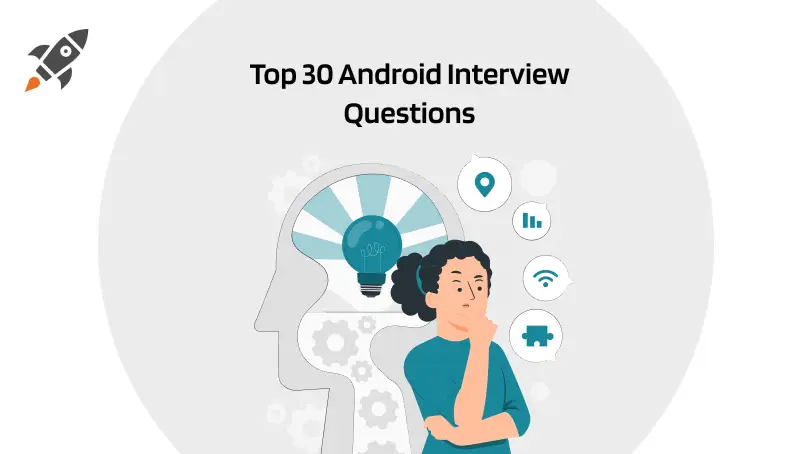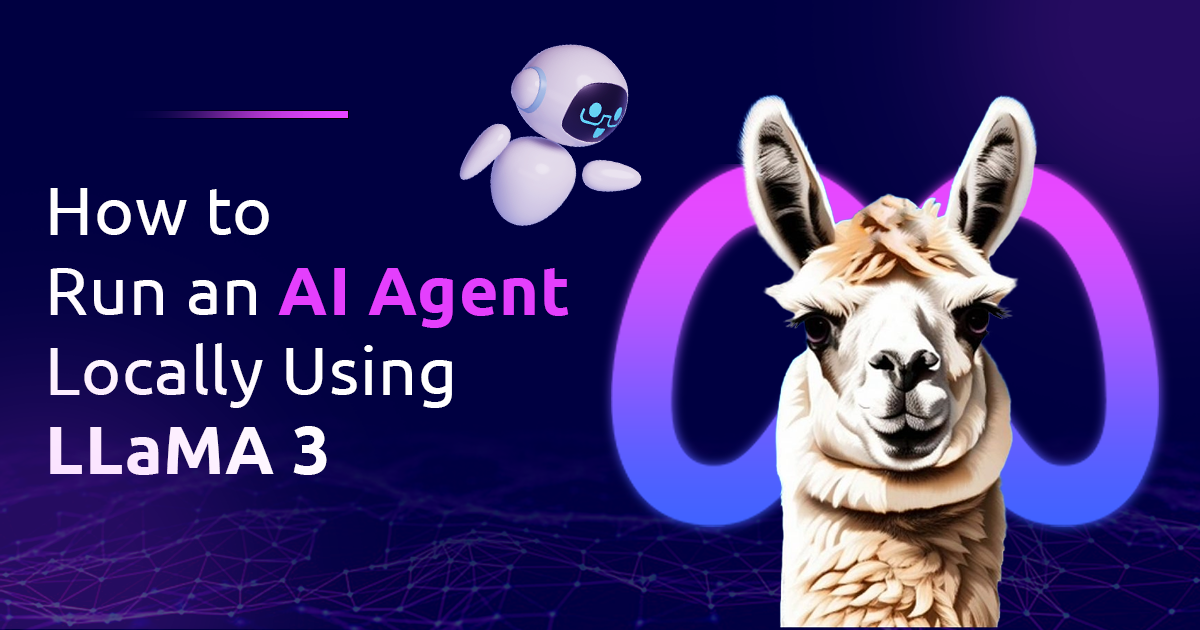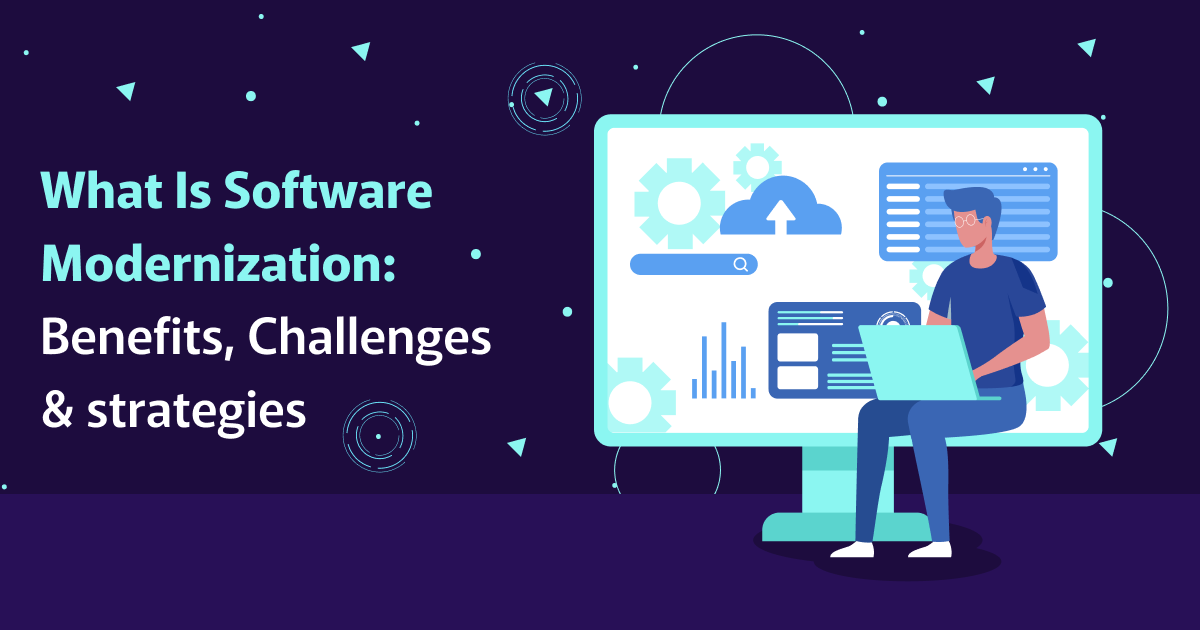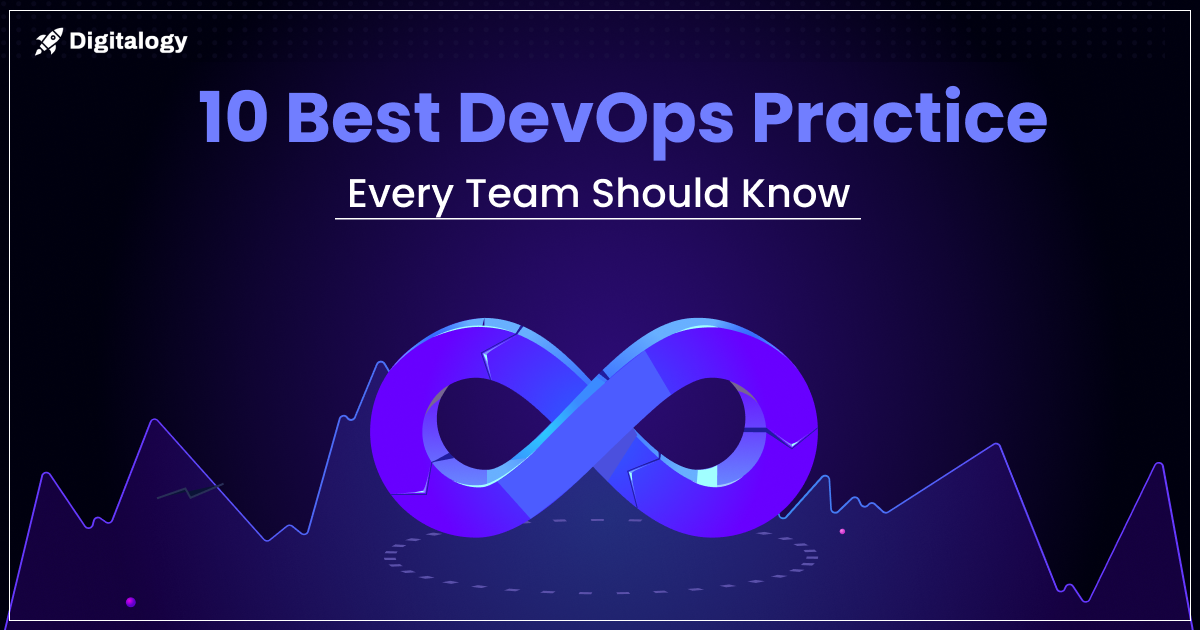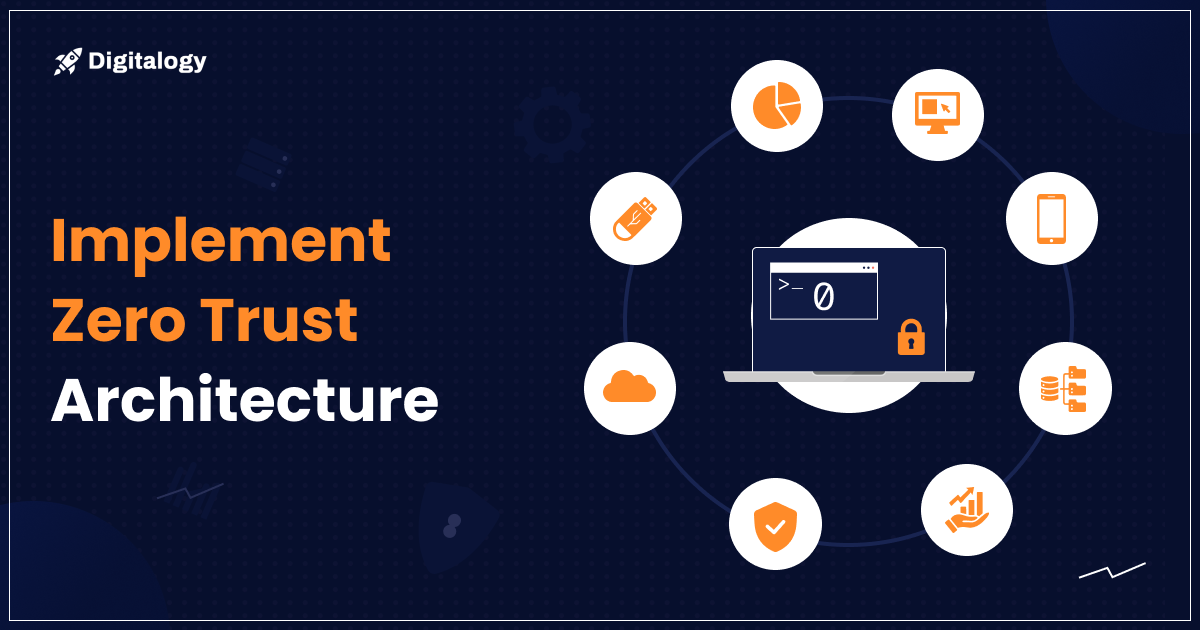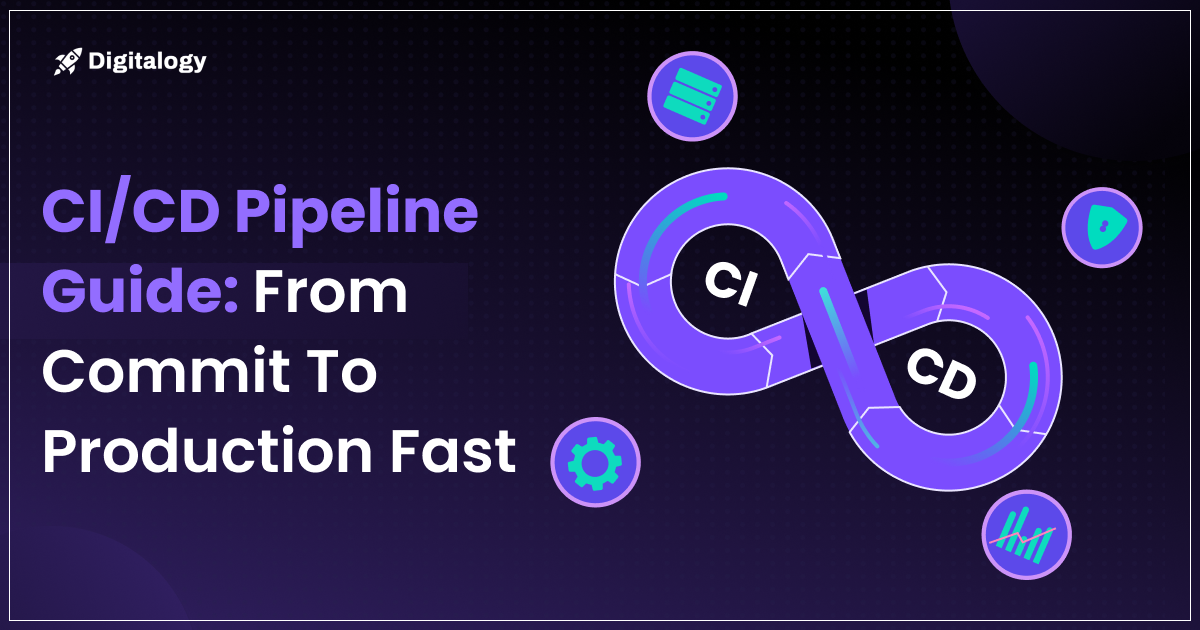In this article, we have highlighted the top Android interview questions and answers at different levels of the professional environment.
While Android and iOS skills are in high demand, most companies are hiring professional Android developers much faster than other professionals. In the most recent quarter of 2024, Android OS retained its position as the leading mobile operating system in the global OS industry by covering around 71.63 percent of the market share. On the other hand, iOS managed to cover only 27.71 percent of the market share.
There is a massive demand for Android developers, and it is also a high-paid job. And this is the right time to get into a career in Android development.
To assist you with this, we have listed the best and most commonly asked Android interview questions that will surely help you ace the interviews that come your way.
Let’s begin with some beginner-level questions before moving on to the challenging levels.
Beginner-Level Android Interview Questions & ANSWERS
- What do you mean by Google Android SDK?
The Google Android SDK is a valuable toolset that Android developers use while writing apps on Android devices. The Android SDK comes with a graphical user interface emulating the Android environment. Developers can write the codes and also test or debug the codes here to find out the presence of bugs. The tools cover the Android debug bridge, android emulator, Dalvik debug monitoring services and Android asset packaging tool.
- Can you explain the Android build process?
In general, the Android build process includes three steps:
- The first step is the compilation of the resources utilizing the AAPT- Android Asset Packaging Tool. The resources are combined into R. java that carries constants.
- Then the Java source code is compiled to .class format utilizing javac. After that, the .class files are converted to Dalvik bytecode using the dx tool. With this, developers will get the classes.ex file.
- The end step includes combining all the inputs and then developing the APK or Android Packaging Key file.
- Explain the architecture of Android.
Android architecture means various layers present in the Android stack. It has middleware, crucial applications, and an operating system. Every layer in the architecture offers various services.
The four important layers available in the Android stack are
- Android Applications
- Libraries
- Linux Kernel
- Android Framework
- What do you mean by Activity in Android?
One of the essential parts of any Android component is the activity class. Apps should have at least one Activity class, no matter how large or small. Unlike other programming languages, where the main () is the application’s entry point, the Android OS brings the code to the Activity instance. So, it would not be wrong to say that Activity plays a crucial role in interacting with the app user.
- What are the major components of an Android application?
Every Android application has some building blocks. These blocks are bound to the manifest file describing every component and how those components interact. Every Android application has five major components: services, intents, broadcast receivers, activities, and content providers.
- What is a content provider?
In general, content providers share information between Android applications. Content providers allow the app users to access data or information within the application. Some examples are audio, video, images, contact information, and more.
- What are some significant disadvantages of Android OS?
Some of the disadvantages of Android OS are:
| Background process | The multiple running processes in the background are always a major issue, and it can cause the battery to drain fast. |
| Streamlining problem | You will find different types of Android devices with various dimensions and screen sizes. Besides, those devices also run on other Android OS. That means app developers will have to constantly work towards optimizing the existing apps for the new OS along with different OS upgrades and versions. An application that runs smoothly on Android 10 may not work correctly on Android 11. |
| Fake apps | Due to its open-source nature, many fake Android applications are available on different platforms, which, if installed, may steal users’ data. |
- Can you explain about an Emulator?
In Android, an emulator can help developers to work with an interface that functions as an actual mobile phone. This makes it significantly more accessible for the developers to write as well as test various codes for the apps. Emulators also help in debugging. So, an emulator offers a safe and effective platform for the developers to test codes in the early phases and after the development when the bugs need to be fixed.
- What do you mean by ART?
ART- Android Runtime is an application that functions as a runtime environment. ART has replaced the Dalvik virtual machine. The ART aims to translate the application’s bytecode into native instructions. Those instructions are then carried out by the runtime environment of the device.
- What is ADB?
ADB- Android Debug Bridge enables the developers to easily carry out remote shell commands. The ADB’s primary function is to allow and control the communication from and towards the emulator port.
- What is “Toast” in Android OS?
A toast is an alert message displayed on the screen for a few seconds, around 3 to 5 seconds. It shows information when the users are performing any task in their app. It automatically disappears. However, if the users want to keep the message visible permanently, they can use a notification.
Medium-Level Android Interview Questions & ANSWERS
- Why is XML used for front-end development?
XML means Extensible Markup Language, and it is like HTML utilized to describe any data. On the other hand, XML is well-readable by machines and humans. Besides, XML is simple to develop and scalable. Developers in Android utilize XML for layout designing. As the language is lightweight, it will not make the layout heavy.
2. How can you establish communication between two fragments?
Communications between the fragments are carried out using a shared ViewModel, or it can be done by the associated Activity. There cannot be direct communication between two fragments. Fragments access the ViewModel and can also update the data through it. Another way is defining an interface in the Fragment and allowing the Activity to implement the interface. Now, it is possible to add the interface method in the Fragment, and the Activity will get the event.
3. What do you mean by retained fragments?
During Android development, Fragments are deleted and recreated along with the parent Activity in the case of a change in the configuration. Using “setRetainInstance (true) allows the developers to bypass the process, instructing the system to retain the current fragment instance while recreating the Activity.
4. Can you explain about different sensors in Android?
Devices running on androids come with different built-in sensors that measure different parameters, like orientation, motion, and more. These sensors, in nature, can be hardware- and software-based. The sensors in Android can be categorized under 3 major categories, such as:
| Environmental sensor | It covers sensors that measure various environmental factors, such as pressure, humidity, temperature, and more. |
| Motion sensors | These are acceleration, gravity, and rotational activity sensors to measure the devices’ acceleration and rotation. |
| Position sensor | This sensor is utilized to measure the device’s physical position. Position sensors include magnetometers and orientation sensors. |
5. Which components are primarily used in Android projects?
When developers work on an Android project, they can use the below-mentioned components.
- Assets/: – It has a file that needs to be complied with utilizing the .apk file.
- Build/: – This component has all the build output.
- Manifest tool/: – This tool includes the XML file of the application.
- RES/: – This includes UI strings, non-code resources, XML layouts, bitmap images, and more.
- SRC/: – It has different resource files and codes.
6. Explain the difference between explicit and implicit intents
Speaking about explicit intent, the target receiver is generally called through the component’s name. An explicit intent is primarily utilized to launch performance activities. On the other hand, in the case of an implicit intent, the target receivers are called through the date, name, and type. The systems will choose the data matches called by requests.
- Is there any importance of WebView in Android?
Yes, WebView is primarily used to display web pages inside the app. The applications utilize a rendering engine called Webkit rendering engine to depict web pages. Besides, WebView has multiple methods for carrying out searchers and navigating through different web pages. To add WebView to the application, android developers need to add the element in the app’s XML document.
- What do you mean by context?
As the name suggests, context is the current state’s context of the object or application. The context also comes with different services, for example, giving access to preferences, and databases, resolving multiple resources, and more. Two context types are:
- Activity context
It remains attached to an activity’s lifecycle. It is utilized while passing the content for an activity.
- Application context
It remains attached to an application. This context can be utilized where there is a need for a context whose lifecycle differs from the current context while passing the context beyond the Activity.
- How can you fix an application that frequently crashes?
To troubleshoot a frequently crashing application, you can try the following actions:
| App data usage | You can try deleting the application’s data, eliminating the cache memory, and creating free space in the device. This can also boost the performance of the application. |
| Compatibility check | Sometimes, software issues may affect the app’s performance. Checking the app’s compatibility for all devices is impossible and will take time. There might be a chance the app is not designed for your device. So, you can check the app’s compatibility on Google Play Store. |
| Free memory | If the application is frequently crashing, then you can also try to solve the issue by freeing up some memory. |
| Memory management | Some Android apps work fine on one device but crash on other devices. This is where the users need to consider CPU speed, memory management, and processing power. You can check the memory requirements of the application. |
- What do you mean by the AndroidManifest.xml, and when can you use this?
This file carries the app’s information used by the Android system. The information may include components, package names, content providers, services, activities, etc. The AndroidManifest.xml can execute tasks such as:
- Deciding the Android AI will be utilized by the application.
- Offering unique names to various Java packages.
- Carrying details of library files like the applications.
- Describing different components of the applications, like services, Activities, and more. The AndroidManifest.xml also describes the classes that will be implemented in these components.
Advanced-LEVEL Android Interview Questions & ANSWERS
- What is ANR, and how to avoid it?
ANR means Application Not Responding. This dialogue box will appear if the application is not responding within a specific period, around five seconds or more. This may also happen when the application’s broadcast receive is not carried out for more than ten seconds.
You can avoid ANR; for this, you can create a child thread for the app. You need to place the app’s primary functionalities in this thread. As a result, the primary thread will execute with fewer unresponsive times. Besides, the app should utilize separate lines for extensive operations, such as network operations.
- Can you explain the importance of setting up permission?
If the code is easily accessible to anyone and there are no restrictions for this, then the chances are there that the code can be compromised. This, in turn, may lead to defect leakage. Only authorized users can access the code if you set the permission. This will boost the security feature of the app.
- Can you tell me about the different types of data supported by AIDL?
AIDL- Android Interface Definition Language helps in establishing communication between the service and the client. AIDL can support different data types: char sequence, Map, String, List, Boolean, Long, INT, and Char.
- How to create bounded services using AIDL?
Both the service as well as the client can communicate using AIDL. To create bounded services using AIDL, the following steps can be followed:
| STEP 1 | STEP 2 | STEP 3 |
| Make the .aidl file and add the required methods and programming interface. | To extend the interface, you need to use the abstract Stub class. This will implement the methods from the interface while extending the Binder class. | Now, you need to expose the interface by adding the services to the clients. For this, you need to extend the services and then override “onBind().” |
- Can you add executable JARs on Android?
No, Android OS doesn’t support JAR deployment. All the applications need to be packed into the .apk or Android Package utilizing the Android APT-Android Packaging Tool, and then they can be deployed on the platform.
- What do you mean by DDMS?
DDMS means Dalvik Debug Monitor Server and is used to monitor bugs present in the Android SDK. You can include Eclipse in this debugging tool by using the ADT plug-in. Some features to consider here are screen capture, error racking, location data spoofing, tracking network traffic, heap monitoring, simulation of latency or speed, and spoofing incoming calls and SMS.
- What is Gradle, and describe its usage?
Gradle is an open-source build system primarily used to automate various functions, such as developing, deploying, testing, and more. One can use “Build. Gradle” scripts to automate the task. Speaking about the usage, all Android projects required a Gradle to generate an apk from .xml and .java files. A Gradle can combine XML and Java files and use necessary tools, for example, converting a Java file into a .dex file. It can also compress all the files into a single file called apk that the users will use.
- What do you mean by the RecyclerView, and how does it work?
RecyclerView is a new ViewGroup and successor of ListView and GridView. It has been included in the Android Studio. RecycleView is developed to create lists using XML layouts as an element that can be edited or optimized while enhancing the GridView and ListView’s efficiency. The enhancement is attained by recycling the views that are out of the users’ visibility. For instance, if the users move to a section where item 3 and 4 is visible, then items 1 and 2 can be cleared from the memory to lower the memory consumption.
- What do you mean by Kotlin Coroutine?
As per the official Kotlin team, coroutines are lightweight threads. These are some types of tasks that real treads can carry out. Recently coroutines launched a new concurrency format that can be utilized on Android to simplify async codes. The official release documents state developing coroutines will not create new threads.
They will use pre-defined thread pools and intelligent scheduling based on the execution time of the task. Kotlin Coroutines also have different Jetpack libraries and support a built-in cancellation feature. This can be used to enhance the user experience of the apps, and the developer may not need to use async tools like Threads, AsyncTasks, RxJava, Jobs, etc.
Conclusion- Consider These Questions for Your Preparation
So, this brings you to the end of the top 30 Android interview questions. Some topics you have learned here are the most demanded skill sets most employers are looking for while hiring an Android developer. We hope that this set of interview questions will surely help you ace your upcoming Android job interviews. However, apart from these questions, you may also opt for a good Android development course. All the best for your interview.

